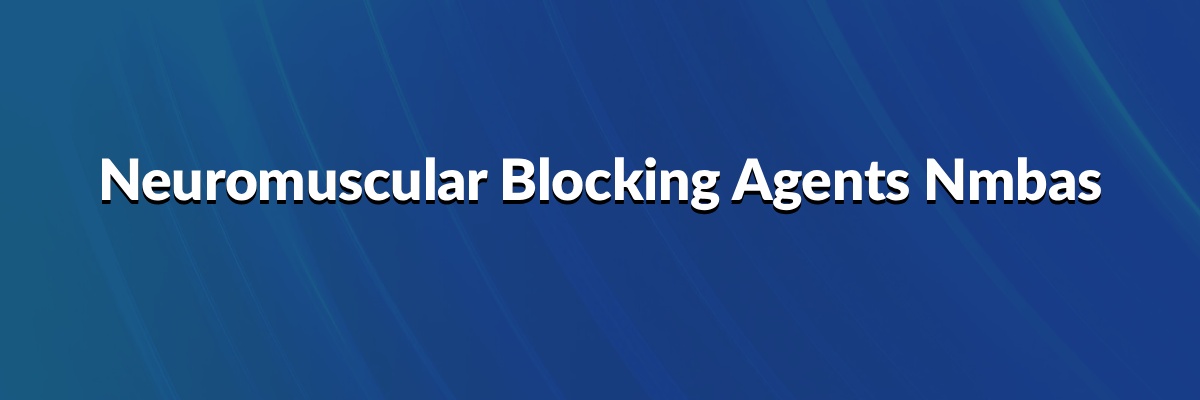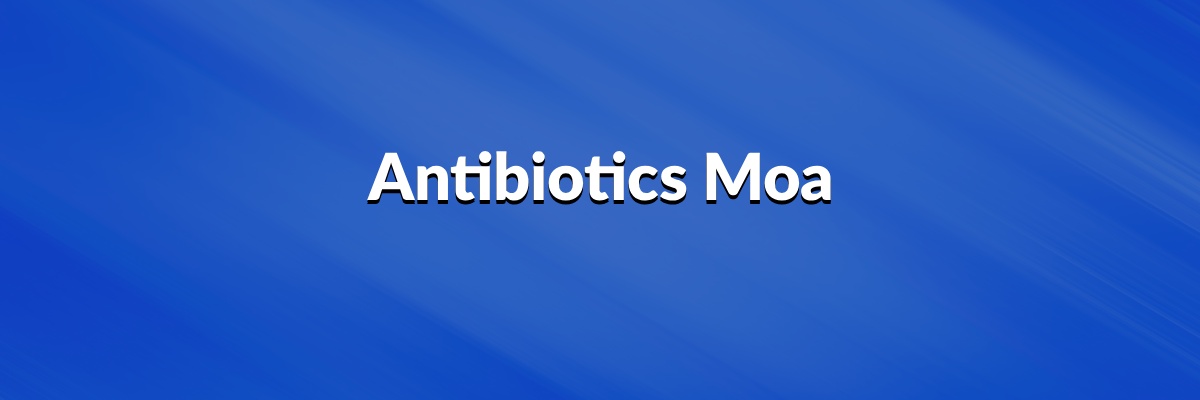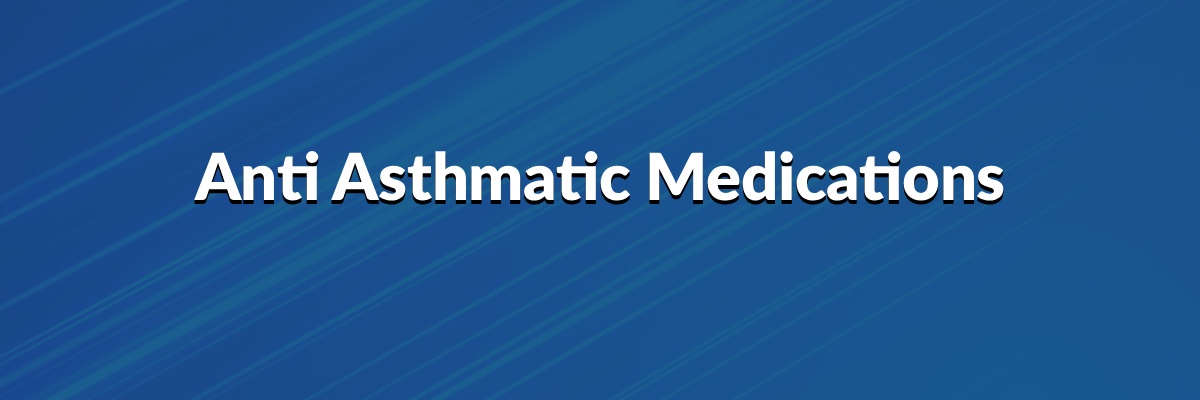Neuromuscular Blocking Agents (NMBAs)
Clinical Use of Neuromuscular Blockers in Anesthesia
Depolarizing
- Succinylcholine (SCh) is the classic depolarizing agent, is an analogue of acetylcholine (ACh) that stimulates all cholinergic receptors throughout the parasympathetic and sympathetic nervous systems. SCh binds directly to the postsynaptic ACh receptors of the motor endplate, causing continuous stimulation of these receptors, leading to transient fasciculations followed by muscular paralysis.
- Only a small percentage of SCh reaches the motor endplate. Most SCh is rapidly hydrolyzed in the bloodstream by the enzyme pseudocholinesterase. Paralysis persists until enough SCh dissociates from the ACh receptor and is hydrolyzed by pseudocholinesterase to allow normal receptor and motor endplate function.
- Initial depolarization of skeletal muscle causes increased IOP, myalgias, increased ICP, increased intragastric pressure and lower esophageal pressure (from abdominal contracture. For patients prone to incompetence of gastroesophageal sphincter, increases in intragastric pressure can lead to regurgitation and aspiration of stomach content. Prevent increase in intragastric pressure with precurarization.
- In renal failure, can cause exaggeration of hyperkalemia.
Non-depolarizing:
- Nondepolarizing agents (eg, rocuronium) competitively inhibit the postsynaptic ACh receptors of the neuromuscular motor endplate. This action prevents depolarization and inhibits all muscular function.
- Nondepolarizing NMBAs do not cause membrane depolarization, so the side effects seen with succinylcholine do not occur.
- Two categories of nondepolarizing NMBAs exist: the benzylisoquinolinium agents and the aminosteroid agents.
-Benzylisoquinolinium Agents
- mivacurum, atracurium, cisatracurium, metocurine, d-tubocurarine
- Cause histamine release (bronchospasm, hypotension, tachycardia)
- atracurium, cisatracurium – little histamine response
- No dose adjustment for aging patient
-Aminosteroid agents
- Vecuronium, rocuronium, pancuronium, pipercuronium
- Generally used in RSI when a contraindication to succinylcholine (SCh) exists and for prolonged neuromuscular paralysis after intubation
Elimination of Neuromuscular Blocking Agents
- Renal excretion of nondepolarizing relaxants atracurium, rocuronium, mivacurium are 10%, vecuronium 15%, with others more dependent on renal excretion.
- atracurium, cisatracurium– spontaneous non-enzymatic degradation (Hoffman elimination) and organ-independent elimination (hydrolysis by plasma esterase)
- Pancuronium – dependent on renal function
- Vecuronium – dependent on hepatic function
- Mivacurium – plasma cholinesterase
Reversal of Neuromuscular Blocking Agents
UpToDate Article: Clinical use of neuromuscular blocking agents in anesthesia
Reversal Medications
Anticholinesterases
Anticholinesterase agents work by increasing the availability of acetylcholine at the neuromuscular junction, to compete with nondepolarizing NMBAs for nicotinic acetylcholine receptors (nAChRs) and restore neuromuscular transmission. The anticholinesterases available for reversal of NMBA are neostigmine and edrophonium. Neostigmine is usually preferred, despite a slower onset of action than edrophonium, because neostigmine has higher affinity for acetylcholine receptors. Both drugs have a duration of action of 60 to 120 minutes.
Blockade of cholinesterase occurs at all cholinergic sites, including muscarinic receptors, such that these drugs have parasympathomimetic effects. Therefore, anticholinergic, antimuscarinic drugs (ie, atropine or glycopyrrolate) are administered along with anticholinesterases to prevent bradycardia and gastrointestinal side effects.
-Neostigmine
- The nondepolarizing NMBAs can be reversed by the use of neostigmine (0.06 to 0.08 mg/kg IV) after approximately 40 percent of neuromuscular function has returned.
- Neostigmine is an acetylcholinesterase inhibitor which allows ACh to continue to stimulate the neuromuscular junction and cause muscular stimulation, thereby competing more effectively with the nondepolarizing NMBA.
- Neostigmine is the anticholinesterase agent most commonly used for reversal of neuromuscular blockade.
- Glycopyrrolate is routinely administered along with neostigmine (0.2 mg glycopyrrolate IV for each 1 mg neostigmine IV) as they have a similar onset of action.
- Neostigmine is ineffective at reversing deep levels of neuromuscular blockade (TOFC = 0)
-Glycopyrrolate
- Anti-acetylcholinergic, anti-muscarinic
- Does not cross the blood brain barrier
- Prevents bradycardia and gastrointestinal side effects from anti-cholinesterases
- Blocks the action of acetylcholine at parasympathetic sites in smooth muscle, secretory glands, and the CNS; indirectly reduces the rate of salivation by preventing the stimulation of acetylcholine receptors
Sugammadex
- Sugammadex is a gamma-cyclodextrin that encapsulates and subsequently inactivates steroidal NMBAs and rapidly reverses their neuromuscular blocking effects. Affinity is greatest for rocuronium, followed in decreasing order of affinity by vecuronium, pancuronium, and pipecuronium. Sugammadex has no effect on succinylcholine or the benzylisoquinolinium NMBAs.
- After administration, binding occurs in plasma, leading to a rapid decrease in the plasma levels of unbound NMBA molecules. This results in a concentration gradient between the free NMBA molecules at the neuromuscular junction (NMJ) and in the plasma, leading to a net transfer of unbound NMBA back into the plasma, where it is encapsulated by unbound sugammadex. This rapid decrease in free NMBA at the NMJ results in rapid and effective antagonism and restoration of normal transmission and neuromuscular function. Sugammadex reversal produces a more complete and faster recovery than neostigmine or edrophonium reversal
- Although variations in individual patient response have been noted, a dose of 16 mg/kg based on total body weight can reverse profound rocuronium-induced blockade within three minutes.
- The sugammadex-NMBA complex is excreted in the urine unchanged
- Sugammadex can bind and inhibit oral contraceptives. Patients should use alternative contraceptive techniques for seven days after exposure to sugammadex
- Cardiac arrhythmias, including marked bradycardia, may occur after administration of sugammadex in up to 1 percent of patients. Patients with cardiac disease appear to be at increased risk.







